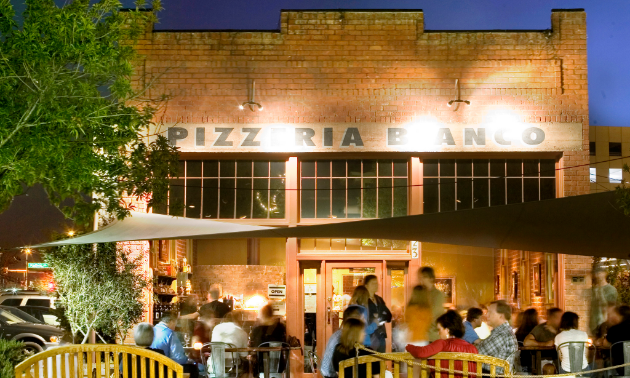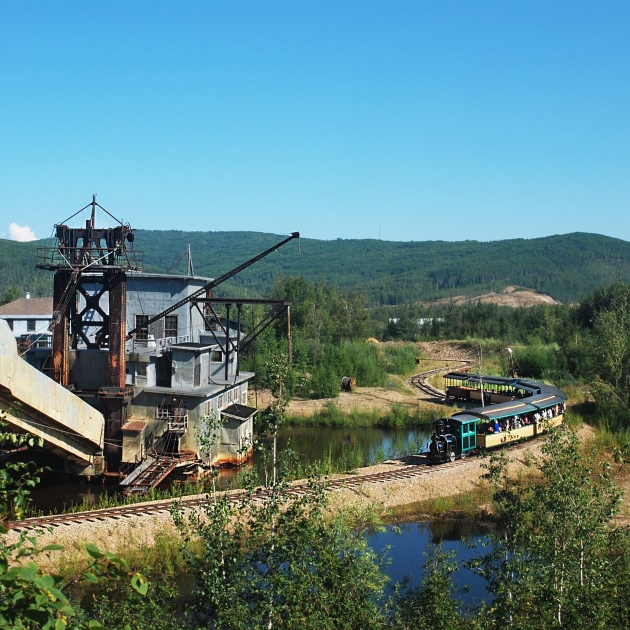This doctor’s house calls you to visit in Phoenix, Arizona
Heritage Square showcases Phoenix’s community history

Visitors to Phoenix, Arizona, should schedule a stop at the Rosson House, “a classic example of the late Victorian style, fully restored to its original grandeur,” according to Douglas Mackenzie, director of media relations at Visit Phoenix. This Eastlake Queen Anne-style home is 2,800 square feet of fascinating local history.
“Doctor Roland Rosson was one of the first mayors of Phoenix,” said MacKenzie. Dr. Rosson became involved in politics and was elected mayor in May 1895. He resigned in April 1896. Before Dr. Rosson was mayor, he practised as a general physician and surgeon for the city. Despite his involvement in the community, he did not actually settle in Phoenix until 1879.
The Rossons purchased the entire Block 14 in 1882, which is now the area of Heritage Square. Dr. Rosson’s fired brick house was designed in 1894 by famous architect A. P. Petit from San Francisco. The job to build the massive house was contracted to a local company and built by 1895. Following the construction of the Rosson House, many other prominent and wealthy homes began to pop up in the same area of downtown.
The Rossons raised five children in their Phoenix home, which was very modern for its time—it had electricity, a telephone and an indoor bathroom on the upper floor. The Rosson family did not live here for long; they sold their home and moved to Los Angeles in 1897. The details of their time in Phoenix are a little fuzzy, but the local paper published a story claiming that Dr. and Mrs. Rosson were behind in their tax payments. Dr. Rosson’s death in 1898 appeared scandalous at the time because he had only bought life insurance shortly before falling sick.
The original foundations of the beautifully crafted house remain. While other members of the community owned the house after the Rossons, the City of Phoenix purchased and restored the massive historical property to create a museum.
Now, the city’s Heritage Square focuses on Dr Rosson and his wife, with their house-turned-museum at its centrepiece.
Entrance to the Rosson House is by guided tour only, but tickets are available on-site. Guided tours go through all living areas of the house and highlight stories, about the property and surroundings. Tours are 60 minutes long and run through regular business hours.
Walk through history in Heritage Square
“Heritage Square is the oldest remaining residential block in the city of Phoenix,” said MacKenzie. Although there are plenty of other historic neighbourhoods around town, Heritage Square is the must-see blast from the past.
The Rosson House is the spectacle of the show that is Heritage Square, but the rest of the neighbourhood is worth a peak as well. “The Square offers visitors a look into the history of Phoenix,” said MacKenzie. Ten fully-restored buildings make up the square. Although a few of the houses are off-limits to tourists because they have been converted into office spaces, most of Heritage Square is open to the public. “The majority of the houses are either museums or businesses,” said MacKenzie. The unique shops, local eateries and architecture of the square keep visitors entertained for hours. MacKenzie advises to take a walk through the Lath Pavilion before ending your day.
Phoenix’s Heritage Square attracts all types of travellers: “anyone who is interested in Phoenix’s past,” MacKenzie said. “Heritage Square hosts locals and tourists of all ages.”
Heard Museum Guild Indian Fair and Market
The Annual Heard Museum Indian Fair features hundreds of the United States’ American Indian artists, including sculptors and painters. Jewelery, beadwork, artisanal handmade baskets and pots each year to raise funds for the museum’s public education programs. Some artists can be seen in action, while others will have displays of their work for sale. The weekend isn’t just limited to handmade goods and visual arts: performance arts include music and cultural dances.
The Heard Museum is a long-standing part of Phoenix’s community. It was established in 1929 and was a local hotspot for both adults and children. Seminars and lectures organized by the owner, Maie Heard, were popular until her passing in 1950. From that point on, the museum and its efforts to educate the community grew exponentially. The 59th annual fair is scheduled for March 4 and 5, 2017. Tickets can be purchased online beginning December 2016.






